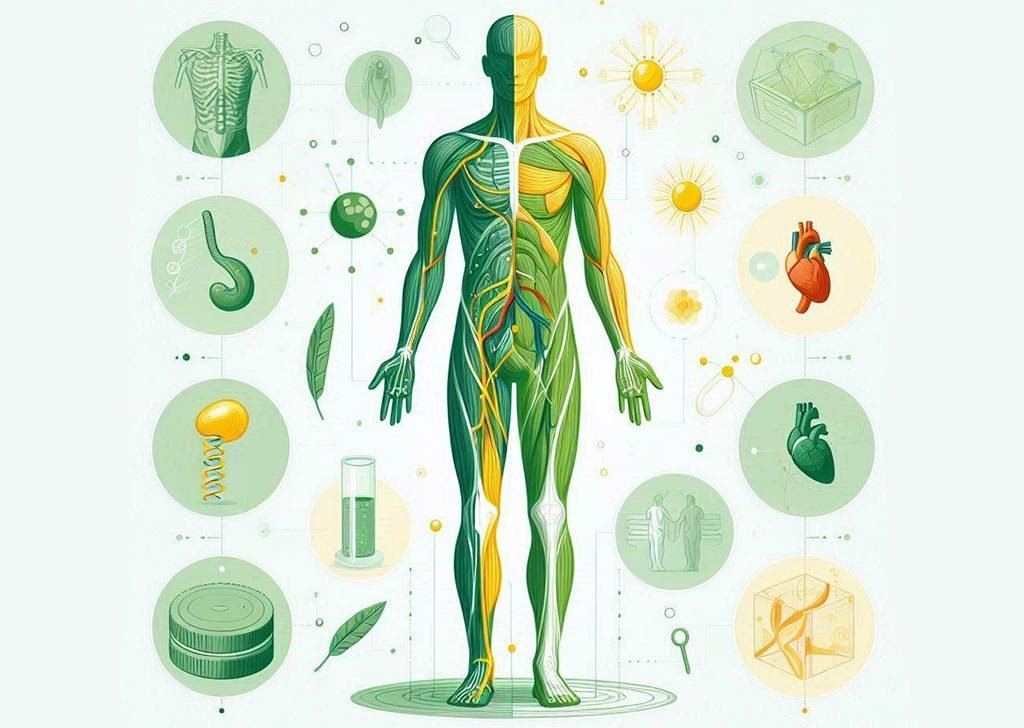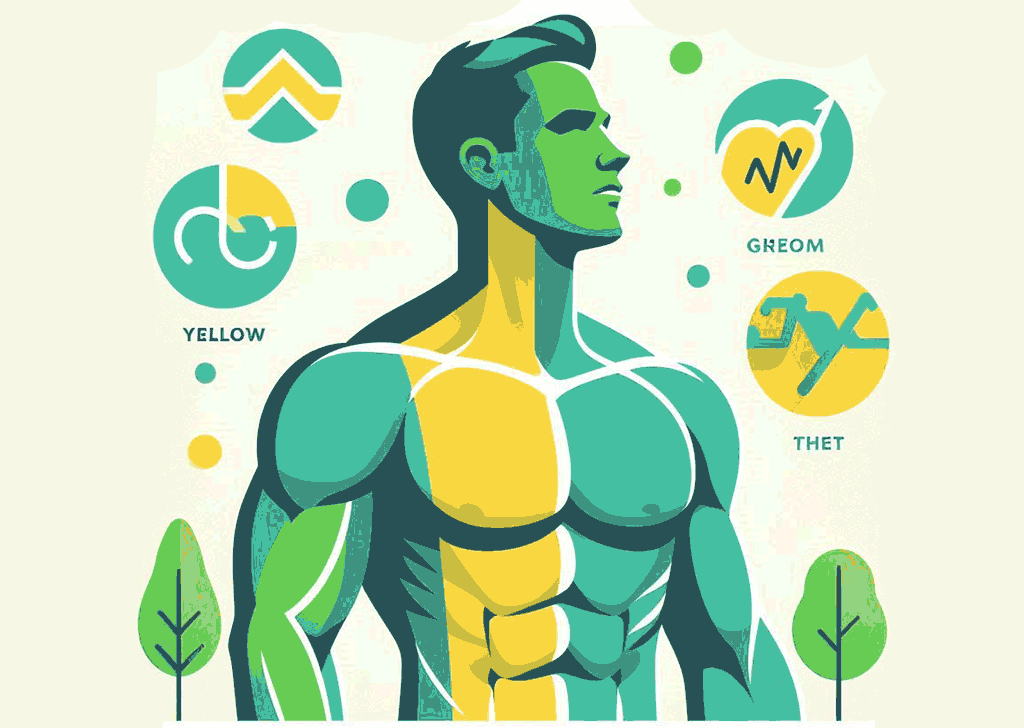Morning Sex: A New Chapter in Your Pregnancy Journey for Expecting Parents
Morning sex refers to sexual activity that occurs shortly after waking up, typically in the morning. Many couples find it an enjoyable way to start the day, often benefiting from increased energy levels, higher levels of hormones like testosterone and oxytocin, and a relaxed mindset after sleep. Some people also appreciate the spontaneous and intimate nature of morning sex, which can promote feelings of closeness and help strengthen relationships. However, preferences for morning sex vary based on personal schedules, habits, and comfort levels. Table of content Benefits of Morning Sex Engaging in sexual activity in the morning can have several positive effects, spanning physical, emotional, and psychological benefits, including implications for reproductive health. Below is a detailed exploration of each aspect: 1. Physical Benefits Morning sex is often cited as a way to boost physical health due to the release of endorphins and oxytocin during sexual activity. These hormones not only enhance mood but also act as natural painkillers, which can help alleviate minor aches such as headaches or muscle pain. Moreover, morning sexual activity can help strengthen the immune system by increasing levels of IgA, an antibody that plays a role in immune function against pathogens. 2. Emotional Benefits Sexual activity, particularly in the morning, can enhance emotional bonds between partners. The release of oxytocin, sometimes referred to as the “love hormone,” fosters a sense of closeness and attachment. This hormone surge can promote feelings of contentment and reduce feelings of stress or anxiety, setting a positive tone for the day ahead. 3. Psychological Benefits From a psychological standpoint, morning sex can act as a stress reliever and mood enhancer. The endorphins released during orgasm have a similar impact on the brain as physical exercise, leading to a feeling of euphoria and general well-being. This can contribute to better mental health and a more optimistic outlook on the day. 4. Increased Sperm Count Timing of sexual activity can impact sperm count. Testosterone levels, which are crucial for egg production, are naturally higher in the morning. Engaging in morning sex may leverage these elevated testosterone levels to increase overall sperm count, potentially improving fertility. 5. Higher Sperm Quality Besides quantity, the quality of sperm is pivotal in successful conception. The morning rise in testosterone is believed to enhance not just the quantity but also the quality of sperm. Higher sperm quality encompasses better morphology (structure) and motility (movement), which are critical factors in the ability of sperm to reach and fertilize an egg. 6. Timing and Fertility For couples trying to conceive, timing sex can be crucial. Given that sperm count and quality may be higher in the morning, timing sexual activity to these peak times can increase the chances of conception. This approach is particularly relevant for couples experiencing challenges with fertility, as capitalizing on optimal biological conditions can play a significant role in success. In summary, morning sex is associated with numerous benefits across physical, emotional, and psychological dimensions. It can lead to enhanced mood, increased immunity, better pain management, and a deeper emotional connection between partners. For those focused on conception, the biological advantages regarding sperm count and quality can make morning sexual activity an important consideration. These benefits highlight the complex interplay of biological rhythms, emotional states, and physical health, contributing to overall well-being and potentially boosting fertility. How to Initiate Morning Sex? Initiating morning sex can be a delicate matter, requiring tact and consideration of both partners’ comfort and mood. Here are some effective strategies and tips for setting the right tone and communicating effectively to make the experience enjoyable and consensual: Tips and Tricks 1. Start the Night Before: Begin by setting a romantic or intimate tone the evening before. This might include a shared activity you both enjoy, such as watching a movie or having a light-hearted conversation. This can establish closeness that naturally flows into the morning. 2. Gentle Awakening: Rather than abrupt awakenings, opt for a more gentle approach. Soft touches or kisses can be a non-verbal way to gauge your partner’s receptiveness without startling them. It’s essential to proceed based on their response and comfort level. 3. Be Mindful of Timing: Some people are not morning people and may need more time to wake up and feel alert. Understanding your partner’s morning routine and adjusting your timing can make them more receptive to initiating sexual activity. Setting the Mood 1. Environment: Ensure the environment is conducive to intimacy. This might include adjusting the lighting, ensuring the temperature is comfortable, and perhaps playing soft music if it enhances the mood for both of you. 2. Morning Freshness: Since morning can come with bed breath or a feeling of being unkempt, having mints nearby or a quick freshening up in the bathroom can make both you and your partner feel more comfortable and confident. 3. Non-sexual Intimacy: Start with non-sexual touching, like cuddling or stroking your partner’s hair. This physical closeness can naturally lead to more intimate encounters and can make the transition smoother and more natural. Communication 1. Direct but Sensitive Communication: If you’re unsure about your partner’s mood or openness to morning sex, it’s often best to communicate directly yet sensitively. You might say something like, “I’d love to start our day together like this—how do you feel about it?” 2. Consent is Key: Always ensure that consent is clearly given and enthusiastic. Both partners should feel comfortable and willing to engage, without any pressure. Remember, consent can be withdrawn at any time, and it’s important to respect these boundaries. 3. Discuss Preferences: Conversations about sexual preferences shouldn’t only occur right before sex. Discuss each other’s likes, dislikes, and boundaries regularly. This ongoing communication can make it easier to initiate sex any time of day, including mornings, as you both have a clear understanding of what works and what doesn’t. Best Positions for Morning Sex Exploring different positions can enhance morning sex, making it a delightful and intimate start to the day. Here’s a look at some popular positions
Morning Sex: A New Chapter in Your Pregnancy Journey for Expecting Parents Read More »










